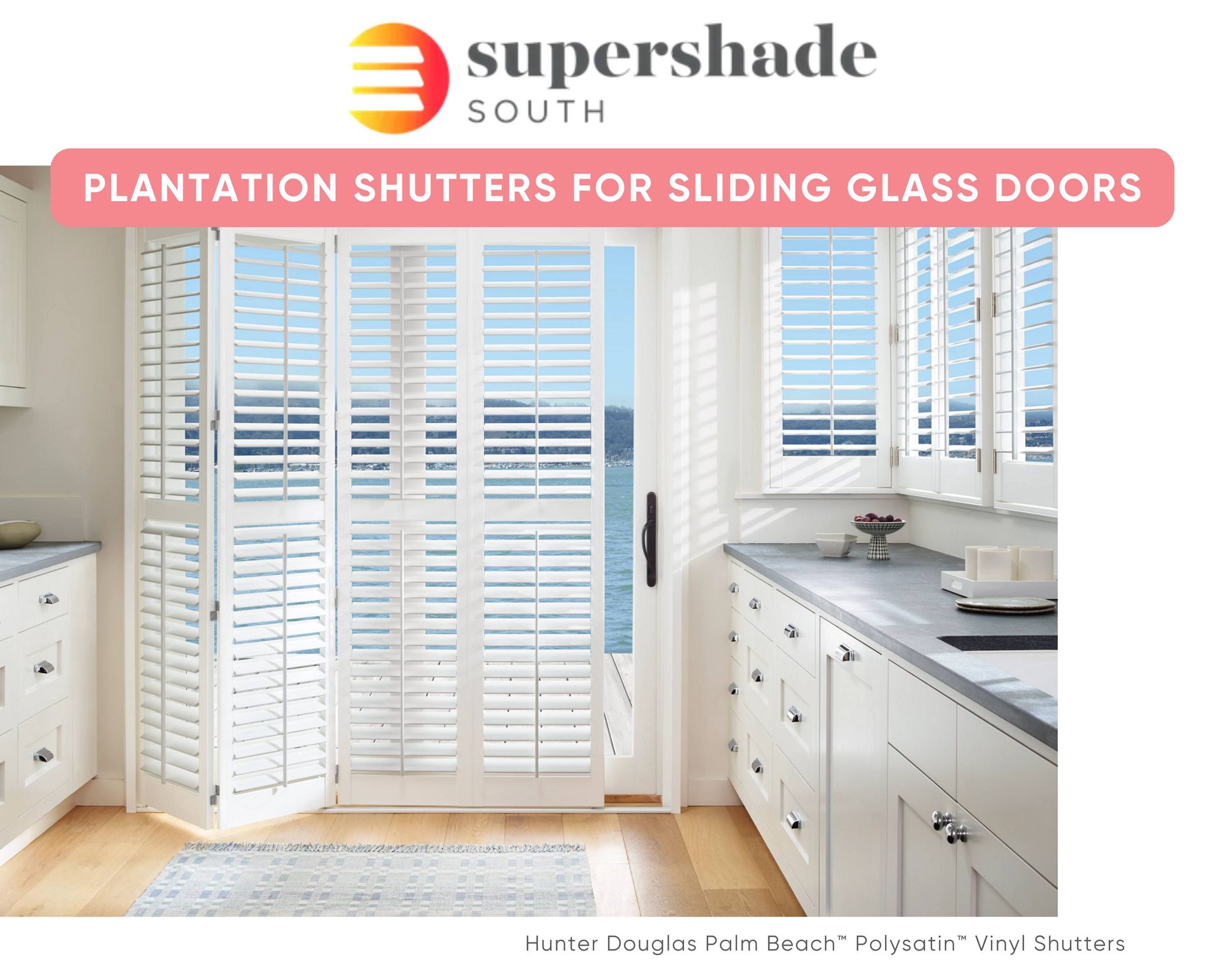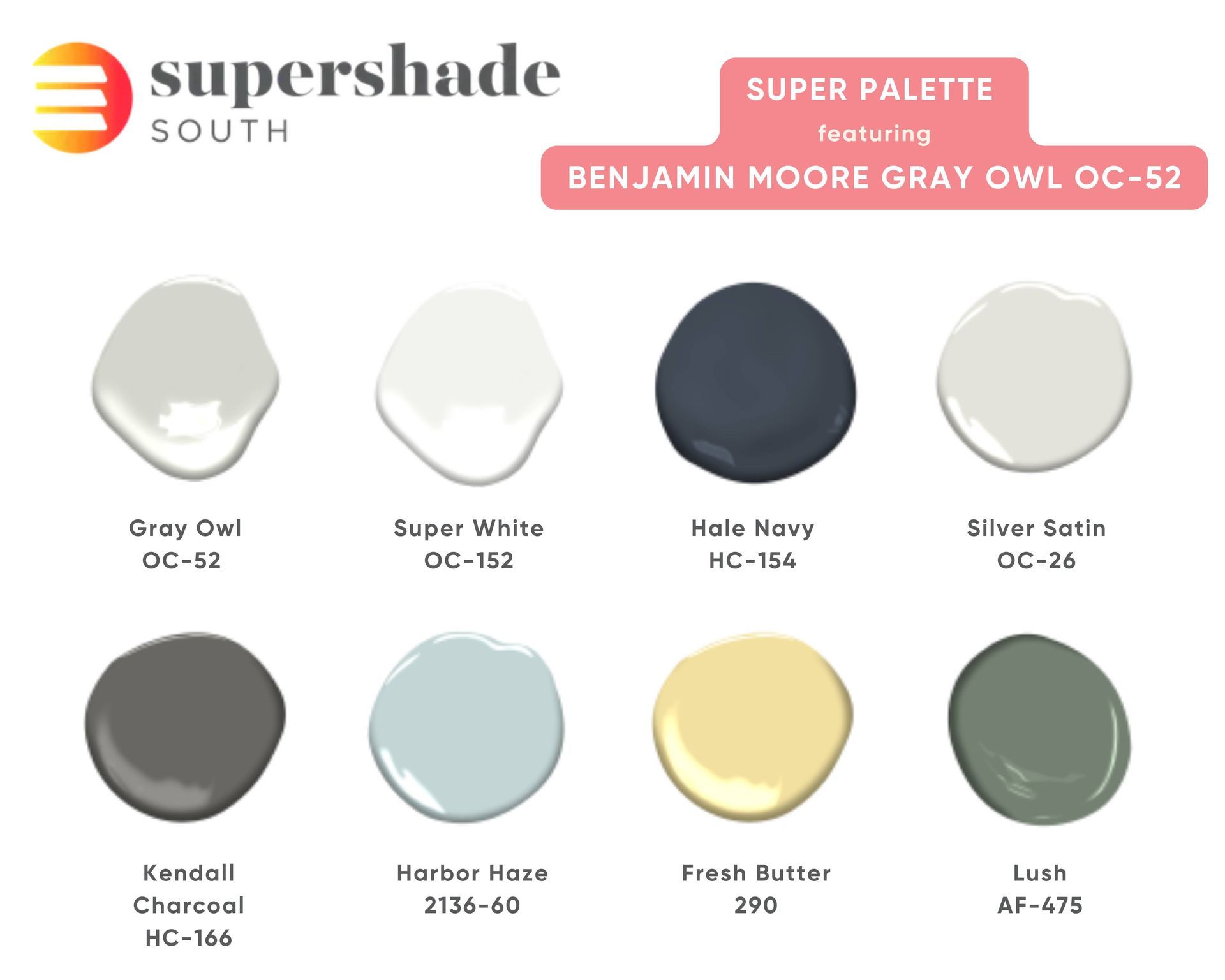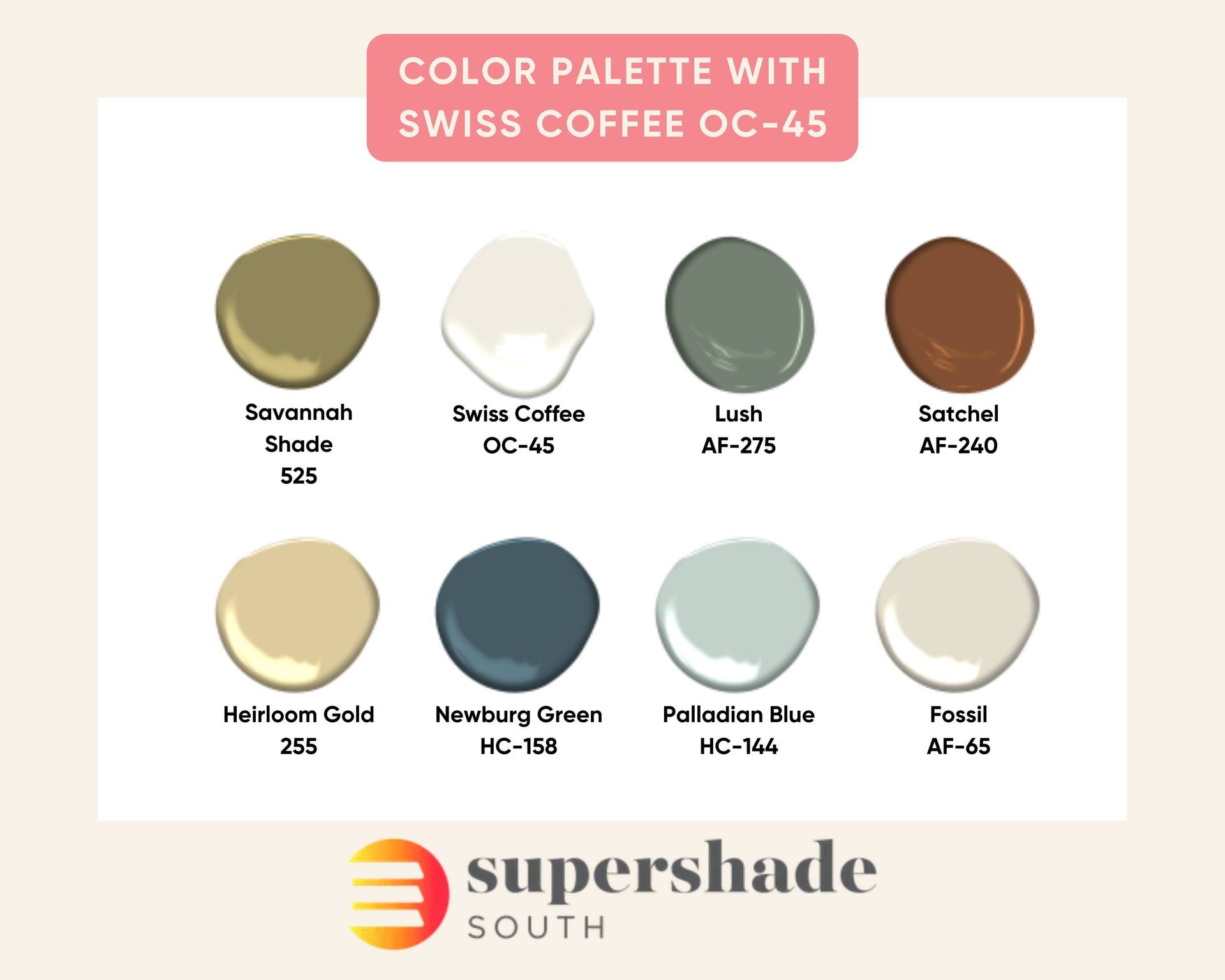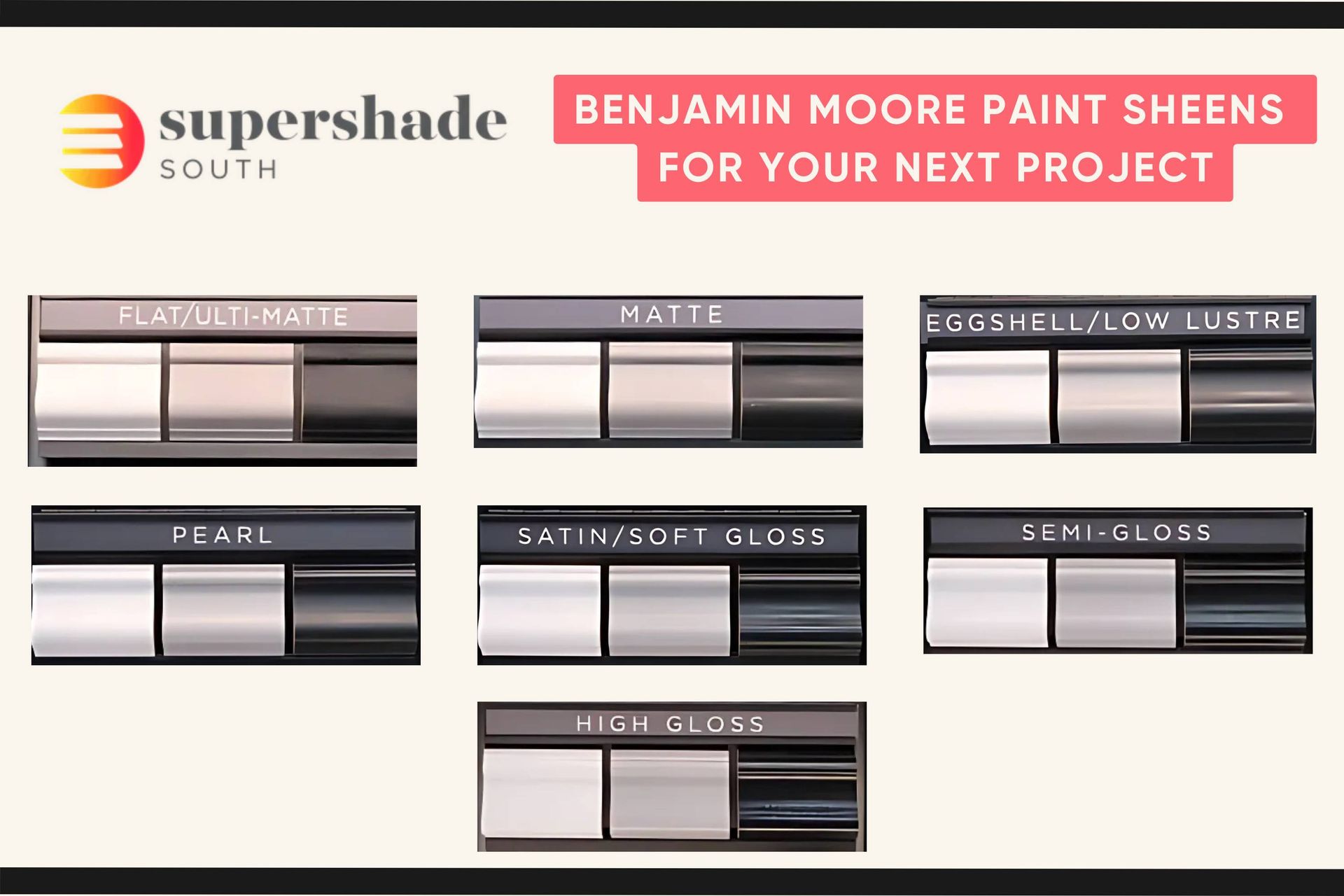Don’t Skip This Step: A Primer on Priming
One of the most important steps in any type of paint job is priming. Priming properly prepares surfaces of all types for smooth paint application and adherence. A high-quality primer will ensure that the paint offers the best color possible and does not peel, crack, or fade with time.
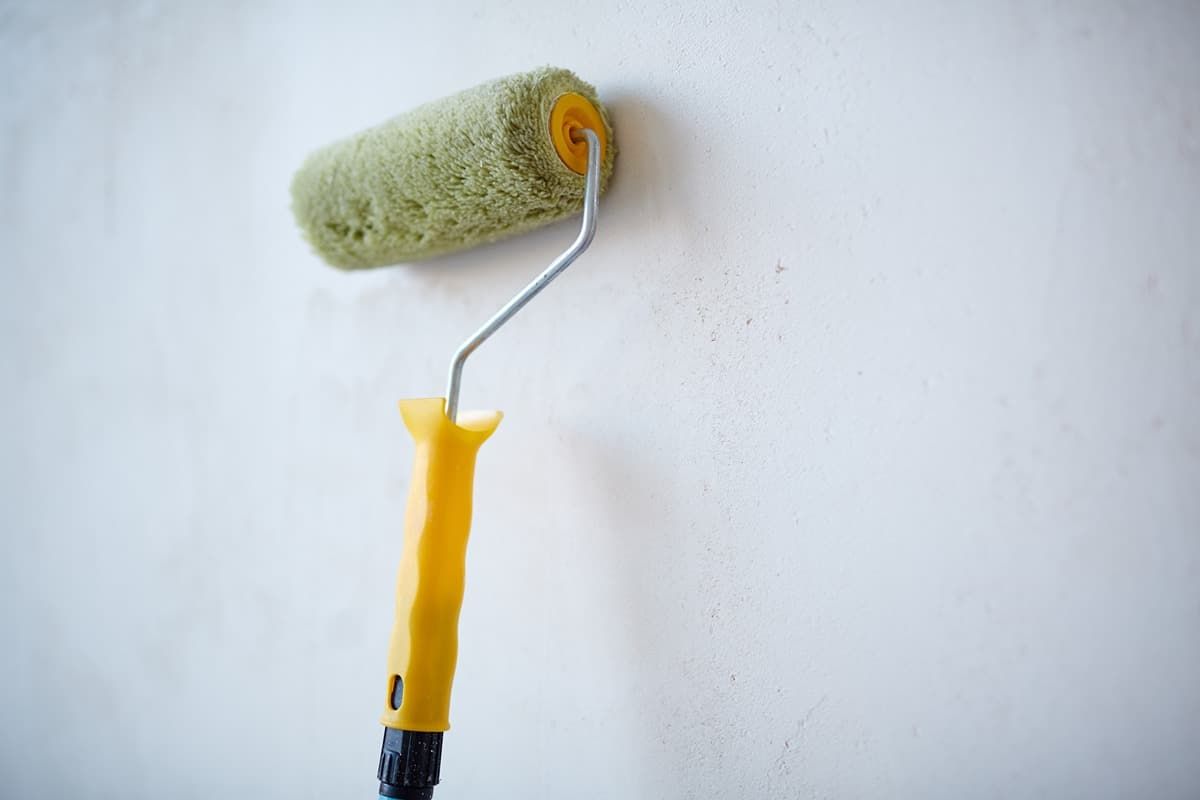
At Supershade South, we are proud to carry a trusted collection of residential and commercial
Benjamin Moore primers that offers coverage for a variety of painting projects. Here is a quick and easy primer on priming and our reminder to not skip this important step in your painting process.
When Should I Use Primer?
In most cases, priming your surface is essential. You should use paint primer because it helps to properly prepare surfaces for paint. Primers have unique properties that facilitate better adhesion of paint to the surface, provide an even surface for paint, prevent stains and tannins from seeping through, and they also increase the durability and longevity of paint jobs.
Types of surfaces which require priming include:
- Drywall
- Masonry
- Concrete
- Plastic
- Metal
- Unfinished wood
- Wallpaper (if you’re choosing to cover and not remove it)
- Stained and soiled surfaces
- High gloss surfaces
- Glass
- Basically, any non-porous surface
Additionally, primer can help save time and money by reducing the number of paint coats needed for complete coverage. Overall, using primer before painting gives a smoother, more professional-looking finish while also improving the overall performance of the paint. If you are uncertain what kind of primer works for you, consult with one of our painting professionals at Supershade South.
How To Prime
1. Protect the Surrounding Area
Whether you are priming an interior or exterior surface, it is important to protect the surrounding area. Maybe you are priming an outdoor patio surface—it is important to ensure that the encompassing area does not get covered with primer. The same goes for interior surfaces such as your flooring, walls, and tile backsplashes. Use plastic tarps to cover furniture and flooring and secure them with blue painter’s tape to prevent leakage. Use more painter’s tape to mark off the surface to be primed in order to prevent the primer from getting on unwanted areas like trim or moldings.
2. Prepare the Surface
Whatever type of surface you are priming, it must be properly cleaned and free of dirt, grime, mold, etc. Use a scrub brush or sponge your cleaning product of choice—dish soap is great for cutting through grease and grime. Once the surface is clean, let it dry properly.
Depending on the surface use lightweight sandpaper or finely coursed steel wool. Sand the area lightly to ensure strong primer adhesion. Once done, wipe the surface down and let dry.
3. Apply Primer
If you are priming a wall, edge the corners in with an angled brush then roll on the primer to the remaining surface. If you are priming an oddly shaped object or surface, use an angled brush as well to get into any cut-outs or crevices. Consider two coats of primer for added coverage.
4. Sand and Smooth Your Primed Surfaces for Paint Application
Once the primer is dry, use lightweight sandpaper to smooth out the dried primer to ensure for even coverage and consistency. Then, you’re ready to begin painting!
Types of Benjamin Moore Primers
When it comes to choosing the right primer, it can be overwhelming with the abundance of options available from Benjamin Moore. But don't worry—our team of painting experts is here to assist you in selecting the perfect primer for your project.
- Benjamin Moore Fresh Start® Primers are high-performing acrylic and alkyd primers designed for both interior and exterior surfaces. They are specifically formulated to work on a variety of different surfaces.
- Benjamin Moore Coronado® Primers serve as the final step between your current paint job and your desired color. They create a smooth and even surface, ensuring that your new coat of paint looks flawless.
- If you have high-caliber industrial projects, Benjamin Moore Corotech® Alkyd Primers are the ideal choice. These primers are specifically designed to meet the demands of challenging projects.
- For professional use, Benjamin Moore Professional Primers are the go-to option. These primers are suitable for both interior and exterior surfaces and are designed to meet the specific requirements of professional painting jobs.
- INSL-X® Primers are multipurpose primers that can be used in a variety of paint projects. They offer versatility and are suitable for different surfaces and purposes.
- If you need a maintenance coating that provides excellent protection against rust and corrosion, Benjamin Moore SuperSpec® HP Primer is the solution. It adheres well to surfaces, offers great hide and leveling, and makes recoating fast and easy.
- Benjamin Moore Ultra Spec® Professional Interior Primers offer a range of options tailored for different substrates and purposes in interior painting projects. These primers ensure optimal results and performance.
No matter what your painting needs are, we have the perfect primer for you. Our team of experts is ready to guide you in selecting the right product to achieve excellent results.
We are Here to Help
At Supershade South, we are excited to learn about your next painting project and help you select the appropriate Benjamin Moore primer that will give you the professional results you desire. Contact us online today, give us a call at (954) 455-1965, or visit our showroom in sunny Fort Lauderdale, Florida.
For over 20 years, our family-owned and operated business has been proud to serve Fort Lauderdale, FL, and the surrounding areas, including Boca Raton, Hollywood, Plantation, Lauderdale by the Sea, Wilton Manors, and Victoria Park, Florida.
Check out our portfolio for paint inspiration or to learn more about how we can help dress your windows with Hunter Douglas blinds, shades, shutters, and drapes. We look forward to serving you and meeting your interior design needs—from interior paint to window coverings and more!







